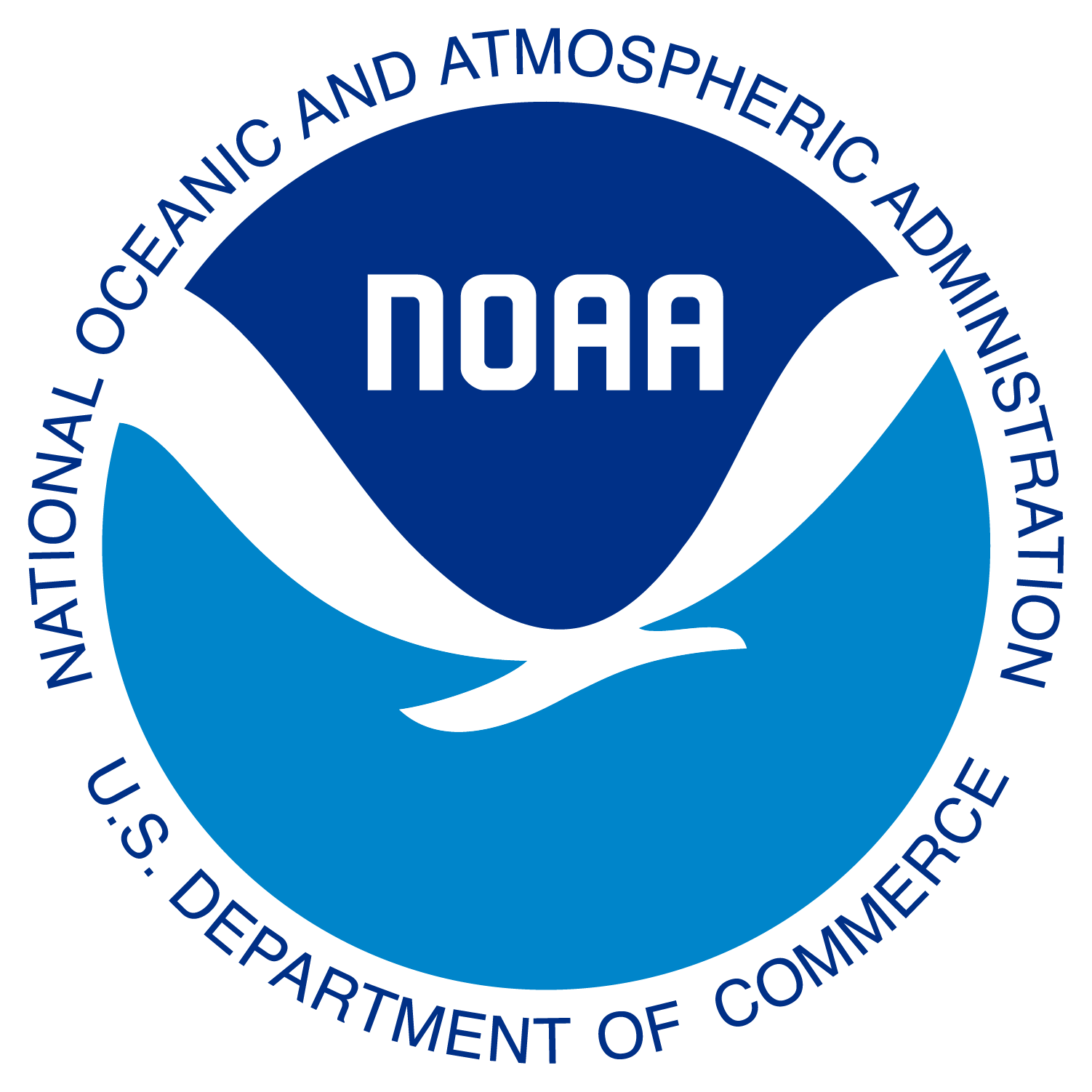 |
|
Downtimes due to scheduled maintenance:
Data normally accessed at this site will be unavailable. This website will be unavailable.
VIIRS Remote Sensing Reflectance at 672 nm (Rrs672)The remote-sensing reflectance (Rrs) is related to the inherent optical properties of the water and its dissolved and particulate constituents. Rrs is calculated by the ratio of the normalized water-leaving radiance to the downwelling solar irradiance. The remote-sensing reflectance in the red wavelengths (672 nm on VIIRS) has been used as a surrogate for sediment concentration in the water column (Stumpf and Pennock, 1989; T. Wynne et al. 2005). As the sediment load in the water column increases, the reflectance in the red wavelengths will increase. Wynne (2005) used a SeaWiFS Rrs670 value to estimate resuspended benthic chlorophyll a concentrations, with the assumption that benthic chlorophyll is resuspended at about the same rate as sediment. As a sediment index, Rrs for red wavelenths indicates relative amounts of sediment only (high vs. low sediment amounts) and is not an estimation of sediment concentration or suspended matter concentration. NOAA CoastWatch provides Rrs672 products in near-real time from the Visible Infrared Imaging Radiometer Suite (VIIRS ) on-board the Suomi-NPP satellite. NOAA/NESDIS processes the Sensor Data Record (SDR) calibrated radiances, and CoastWatch then produces Environmental Data Record (EDR) geophysical products, including remote-sensing reflectance. These products are then mapped to the CoastWatch geographic regions. Remote-sensing reflectance, along with the other VIIRS ocean color products, is generated using the NOAA-MSL12 algorithm. Calibration of the VIIRS ocean color products is ongoing and improvements are expected. Data Access
References: |
|

